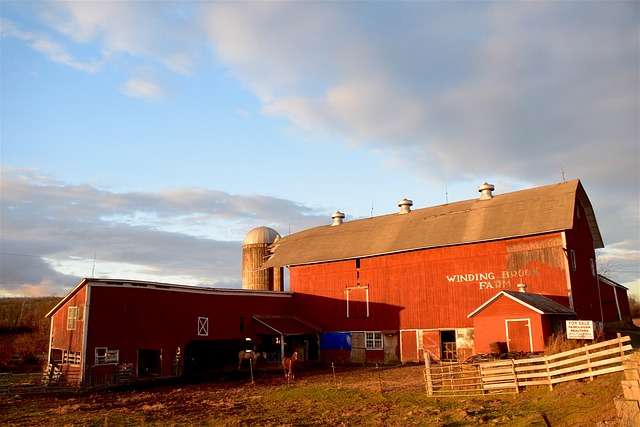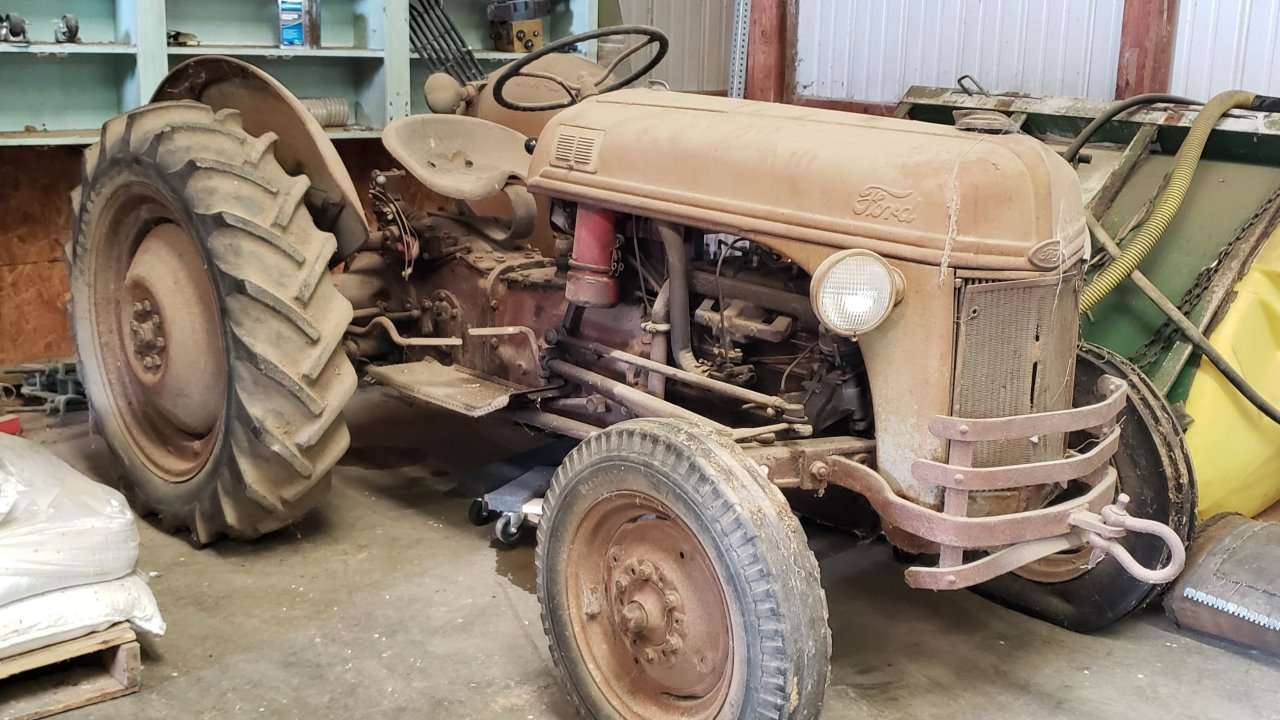Ah, New Jersey my home state. Unfortunately, it is often underrated and most people just think of the city of Newark. Actually, pretty sad.

Newark Airport
But I can’t forget the gorgeous beaches, farms and rolling hills. Honestly, I really miss it and after many years still get homesick.


New Jersey is called the Garden State and known for blueberries, peaches, bell peppers, squash, cranberries – I didn’t know that – and my favorite tomatoes. But, wait a minute! What about peas and beans?

New Jersey Cranberry Bog

Jersey Tomatoes
Before I moved to the South, I had no idea there were so many varieties of peas and beans. Butter Beans, Speckled Butter Beans, Purple Hulled Peas, Red Zipper Peas, White Acre Peas and so much more. Never mind something called pot liquor. I learned pot liquor is the liquid in the pot after the beans are cooked. Total yum. Where has this been all my life!

Purple Hulled Peas
Well, I am not in New Jersey anymore. In fact, I was a long way away from there when Where The Food Comes From visited Old Tyme Bean Company in Cameron, SC on June 23. Boy, am I glad we did.
Let’s Meet Josh
Our first and only interview took place with Old Tyme Bean Owner-Operator Company Josh Johnson. Josh is such a personable man and he knocked this interview out of the park! You couldn’t help but to be suckered in by his twinkling eyes and contagious laugh.

Josh holding White Acre Peas
First Stop The Speckled Butter Bean Field

This is one thing we can all agree on – butter beans totally rock. Josh explained the plant bears a lot of fruit and likes hot, sunny and dry weather. Unfortunately, this day was hot but far from sunny. The mud on my shoes and up to my ankles were proving that.
Josh talked about butter beans and their nemesis – the deer. Per Josh, “Deer walk 100 miles to eat peas and beans.” That really is some distance to travel. But knowing how they taste I totally get it.

Notice The Deer Hoof Print?
Fun fact: As far as Josh can tell people travel as far as Charlotte, NC to buy his peas and beans. In case you’re wondering that is approximately 140 miles.
Deer also like to eat corn. My dad would actually be very proud of the deer. He likes it when we all can clean the cob and not leave any kernels behind. In fact, it sometimes turns into a contest. But I digress.

An Unfortunate Mishap
Usually something happens when we are on a shoot and in this case I was the victim. I was walking toward something to take a picture, I don’t remember what, when both my feet started sinking into what I am going to call quicksand. I sunk so deep I had to yell to get someone’s attention to pull me out. Chip came over, grabbed my hand and pulled on my arm. It sounded like a plunger pulling out a … honestly there is no adjective to describe the sound. But you can see how the footprint immediately filled with water showing how quicksand-y it was.

Josh got into planting butter beans because of his grandmother, but more because he liked eating them. Granny Johnson was smart and taught Josh at a young age how to help in the garden and — most important! — how to shell them. When he was 14 she decided it was time for him to learn to plant and cook them. And to this day he claims he makes the best butter beans around. (Sidenote: Josh, I am still waiting for a recipe for the WTFCF Cookbook!…)
How was Josh able to get this whole operation up and functioning to grow up and become the Old Tyme Bean Co.? Naturally sweat equity, but there is more.
After establishing himself growing crops like cotton and peanuts, Josh applied for state funding through the South Carolina Department of Agriculture’s Agribusiness Center for Research and Entrepreneurship (ACRE) in June of 2023. He and many other applicants submitted business plans and a five-minute video presentation. Per Josh, “The pitch was like Shark Tank.” Josh’s proposal included expanding the farms shelling process to give us more butter beans, field peas and other local legumes. I am not mad about that.

Well needless to say Josh was one of 12 winners and was able to share in the allocated funding. Way to go! [EDITOR’s NOTE: We actually found Josh and this story through the news of that SCDA grant.]
Farmers truly amaze me. I don’t think everybody realizes how smart and inventive they have to be. They are the scientists of the food world and they deserve the respect that comes along with that.
Josh is no exception. Remember expanding the shelling process I was talking about earlier? His creativity is amazing. He was able to piece together a vast array of equipment that he literally found all over the place. Josh gave us a grand tour and explained all of it in the episode. It’s kind of like the old mousetrap game we played as kids really, as you’ll see in the show. Totally fascinating.
What is actually going on in this video is the beans are being separated by size and the workers in the video are picking out unacceptable before the good ones get bagged.
To The Cornfield
Yeah folks, here is one of my famous Where’s Waldo pictures.

Can You Find Them?
You may be thinking if you have seen one cornfield you have seen them all. You couldn’t be any further from the truth.

Jimmy Red Corn

What kind of corn is Josh growing in this particular field? Jimmy Red Corn. This type of corn can be grown in Georgia, Florida and the Carolinas. Known for its brix (sugar) content it lends itself well to making moonshine whiskey. Obviously, the process has been refined and it now makes a very expensive specialty bourbon.

Our day ended sitting in Josh’s barn. Well Chip and Josh were sitting. They spoke more about Josh’s legacy and regenerative farming. Regenerative farming is the up and coming way to farm. Folks, this is a very long and fasinating explanation and I am sooo grateful you will hear it in the episode. But it has to do with a more common sense approach to farming, not just doing things because the book says it’s time to do those things.
Josh was kind enough to send us all home with creamy White Acre Peas, Butter Beans, Blackeyed Peas and delicate, tiny, delicious Red Zipper Peas. But, let’s face it, this shoot was way back in June and our peas and beans are gone. Like the deer, I would travel more than 100 miles to get more. And if you have an opportunity to taste them you will too.


